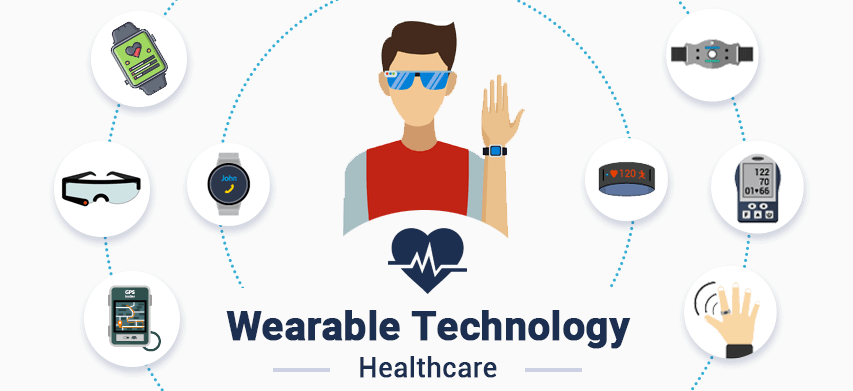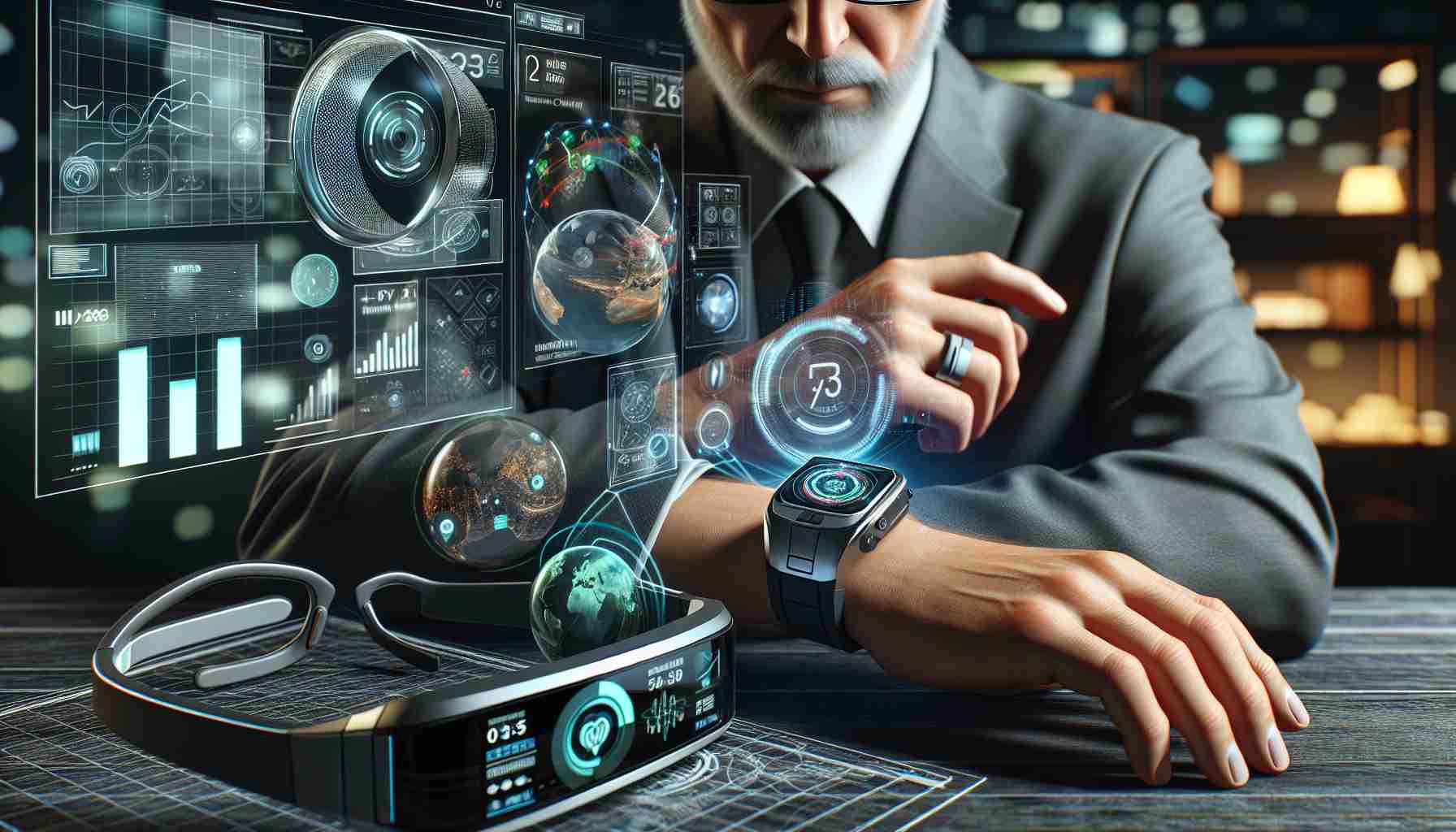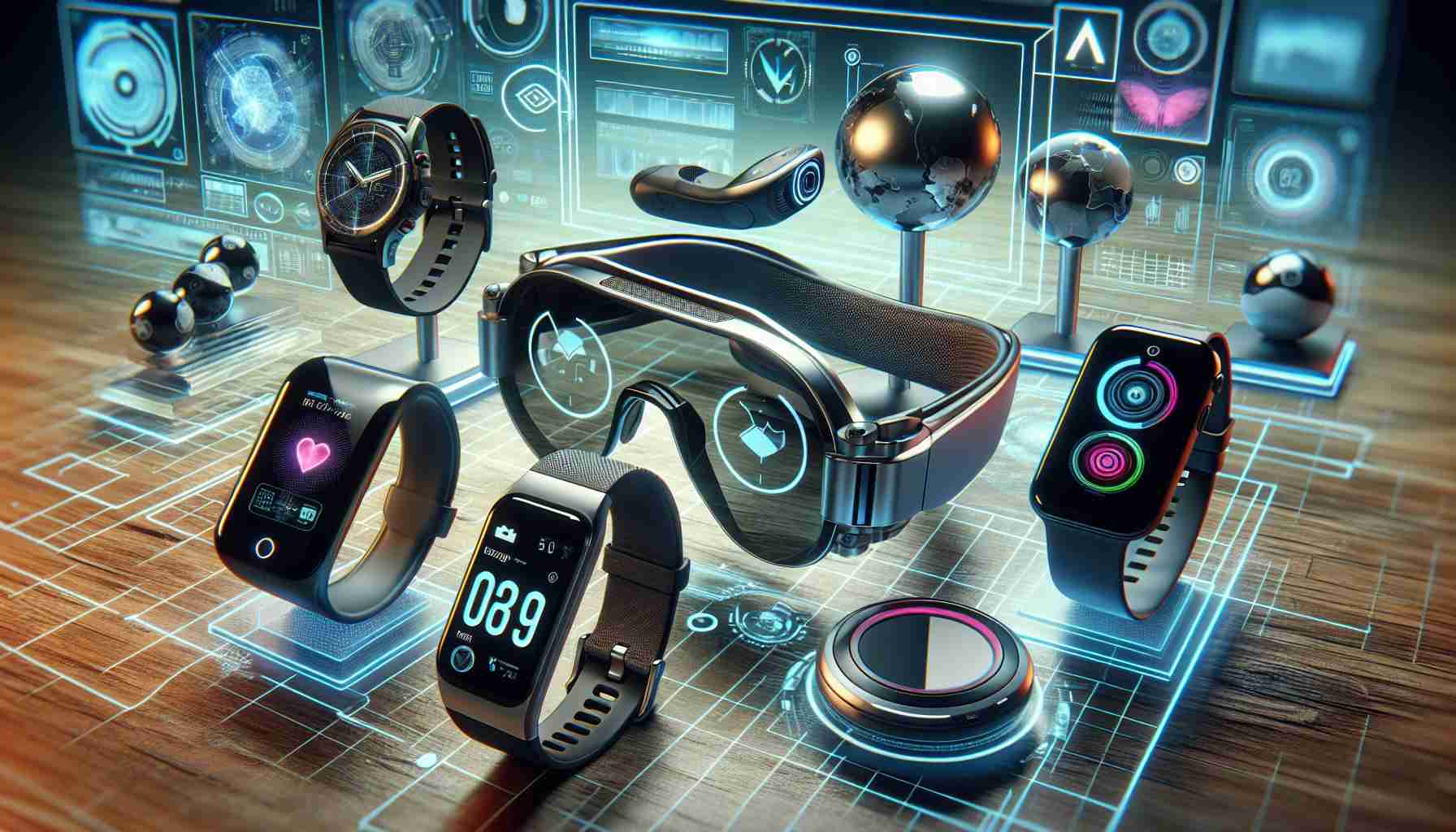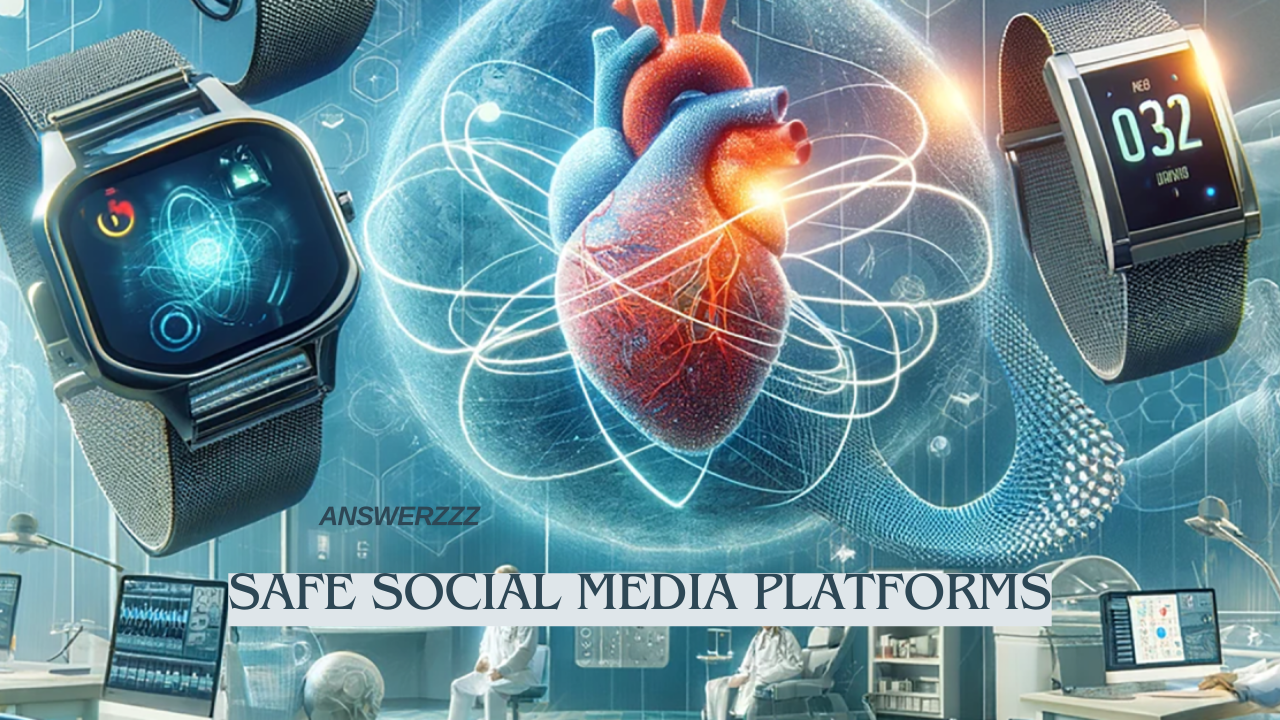In an age where technology intertwines seamlessly with daily life, wearable technology has emerged as a transformative force in various sectors, particularly in health and safety. For children, wearables are not just gadgets; they are vital tools that can enhance their well-being, provide peace of mind to parents, and facilitate an engaging experience for young users. This article delves into the benefits, challenges, and prospects of wearable technology for monitoring health and safety in children.
Understanding Wearable Technology

Wearable technology encompasses electronic devices designed to be worn on the body, often incorporating sensors, software, and connectivity features. These devices can range from smartwatches and fitness trackers to specialized health monitors and safety devices. With features like heart rate monitoring, GPS tracking, and emergency alerts, wearables are increasingly becoming essential in managing health and ensuring safety.
Types of Wearable Devices for Children
- Fitness Trackers: Devices like Fitbit Ace or Garmin Kids Trackers encourage children to engage in physical activities by tracking steps, calories burned, and active minutes.
- Smartwatches: Smartwatches designed for children often come equipped with GPS tracking, messaging capabilities, and SOS features, ensuring parents can stay connected with their kids.
- Health Monitors: Devices that monitor specific health metrics such as heart rate, blood oxygen levels, or sleep patterns. Some devices even track conditions like asthma or diabetes.
- Safety Devices: Wearables designed specifically for safety, such as panic buttons or tracking devices that alert parents if a child wanders too far.
Benefits of Wearable Technology for Children
Safe Social Media Platforms: Connecting Kids and Families Online
1. Health Monitoring
Wearable technology enables real-time health monitoring, allowing parents to keep track of their children’s physical well-being. For instance, fitness trackers can encourage kids to lead active lifestyles by setting daily step goals. Devices that monitor heart rate and sleep can provide insights into a child’s health patterns, alerting parents to any anomalies.
2. Enhanced Safety
Safety wearables can track a child’s location through GPS, providing parents with peace of mind. In crowded environments like theme parks or festivals, parents can easily locate their children if they wander off. Moreover, features like geofencing can alert parents if a child strays beyond a designated area.
3. Emergency Communication
Many wearable devices come equipped with emergency features. A simple SOS button can alert parents or guardians in case of an emergency. This is especially beneficial for younger children who may not yet possess the ability to communicate effectively during stressful situations.
4. Encouraging Independence
Wearable technology can foster a sense of independence in children. As they grow, kids can learn to manage their health and safety, developing responsibility and self-awareness. Devices that allow them to check in with parents or share their location can empower children to explore their surroundings with a safety net.
5. Engaging Learning Tools
Many wearables for kids come with educational features, integrating learning into their daily activities. For example, gamifying fitness goals encourages children to participate in physical activities while learning about health and wellness.
Challenges of Wearable Technology for Children

While wearable technology presents numerous benefits, it is not without challenges. Parents and developers must navigate these obstacles to ensure the safe and effective use of wearables among children.
1. Privacy Concerns
One of the primary challenges is the issue of privacy. With devices that collect personal data, parents must ensure that their children’s information is secure. Understanding how data is stored, shared, and used is crucial for maintaining privacy. Companies must also adhere to regulations, such as the Children’s Online Privacy Protection Act (COPPA), which limits data collection from children under 13.
2. Device Acceptance
Children may not always be receptive to wearing technology, especially if it feels uncomfortable or disrupts their daily activities. Manufacturers need to design wearables that are not only functional but also appealing to young users. Aesthetic considerations, such as colour and style, can significantly impact a child’s willingness to wear a device.
3. Reliability and Accuracy
For wearables to be effective, they must provide accurate data. Inaccurate readings can lead to unnecessary panic or false security. Manufacturers need to invest in rigorous testing and quality control to ensure reliability, particularly in health-monitoring devices.
4. Screen Time and Distraction
Introducing wearable technology could inadvertently increase screen time, as many devices feature notifications and apps. Parents should establish guidelines to balance technology use while encouraging physical activity and face-to-face interactions.
The Future of Wearable Technology for Children
As technology continues to evolve, so too will wearable devices for children. Innovations on the horizon promise to enhance health monitoring and safety features.
1. Advanced Health Monitoring
Future wearables may integrate more advanced health-monitoring capabilities, such as continuous glucose monitoring for children with diabetes or even early detection systems for respiratory issues like asthma. Such innovations can empower parents and healthcare providers to manage chronic conditions proactively.
2. Integration with Telehealth
As telehealth becomes increasingly popular, wearables can facilitate remote consultations. Parents can share real-time data with healthcare professionals, allowing for more informed discussions about a child’s health. This integration can lead to timely interventions and personalized care plans.
3. Gamification of Health and Safety
As children respond well to gamified experiences, future wearables may incorporate more engaging elements to encourage healthy habits. Features such as challenges, rewards, and social sharing can motivate kids to stay active and make healthier choices.
4. Enhanced Safety Features
With advancements in GPS and connectivity, future safety wearables may offer improved tracking and alert systems. Integrating artificial intelligence could enable predictive analytics, alerting parents to potential safety concerns before they arise.
5. Collaboration with Schools
As schools increasingly embrace technology, a collaboration between wearable manufacturers and educational institutions could lead to tailored devices for school settings. These wearables could help track students’ health, attendance, and engagement levels, creating a comprehensive overview of a child’s well-being.

Wearable technology holds immense potential for enhancing the health and safety of children. By facilitating health monitoring, ensuring safety, and fostering independence, these devices can significantly contribute to a child’s overall well-being. However, addressing challenges such as privacy concerns, device acceptance, and accuracy is crucial for successful implementation.
As technology continues to advance, the future of wearables promises even more innovative solutions tailored to the needs of children. By balancing the benefits and challenges, parents, educators, and manufacturers can work together to create a safer, healthier, and more engaging world for children through wearable technology.
Smart Toys: Merging Playtime with Technology for Interactive Learning



